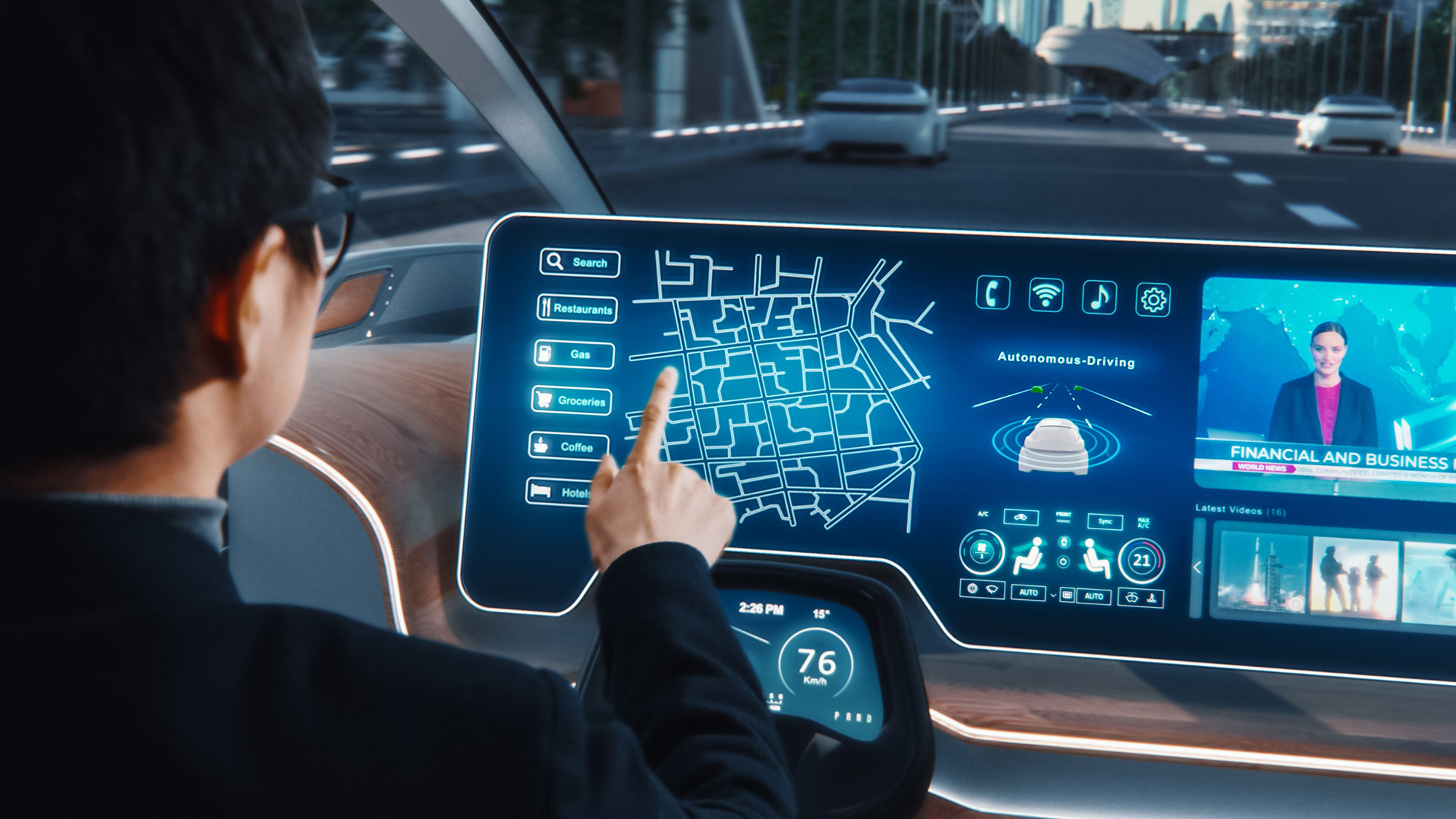Introduction

The future of self-driving cars is something we all look forward to. But the reality is, we’re not there yet. A stark reminder of this came when one of the frontrunners in autonomous vehicle technology, recently (October 2023) had to pause its self-driving vehicle tests across the United States. This development reminds us that the path to achieving full vehicular autonomy is still riddled with challenges. This transformation requires a blend of technological innovation, regulatory compliance, and public acceptance. Each step towards autonomous driving unveils new challenges that demand solutions both innovative and practical. From ensuring the absolute safety of autonomous operations to achieving impeccable accuracy in real-time decision-making amidst diverse and dynamic road conditions, the hurdles are manifold. The transition to a fully autonomous driving society is not just a technological advancement but involves meticulous testing, validation, and a relentless pursuit for safety and reliability of autonomous systems. In this article, we share three major categories of challenges that OEMs are dealing with in their experiments on autonomous driving systems.
Human Intuition Vs Machine Perception
One big hurdle on the road to autonomous driving is the difference between how humans and machines understand and respond to what’s happening around them. For instance, an experienced human driver might be able to navigate through a snowstorm thanks to his skills and quick thinking. However, self-driving cars may struggle in these situations because their sensors and algorithms get confused by the snow and lack of visibility. Memorized models of today’s self-driving cars have been often stumped by edge cases.
Hardware Upgrades and The Silicon Imperative
The hardware, like cameras and sensors, acts as the eyes and ears of self-driving cars. They have gotten better over time, with new technologies like Lidar and Radar helping the car understand its surroundings better. But these improvements bring their own challenges. More sensors mean more data and all this data needs to be processed quickly and accurately. This requires powerful computers in the car, capable of handling lots of data from different sources, all at the same time.
Self-driving vehicles rely extensively on the blend of computational systems embedded within these vehicles, namely Graphics Processing Units (GPUs), Artificial Intelligence (AI) accelerators, Central Processing Units (CPUs), and Digital Signal Processors (DSPs). Each of these components plays a crucial role; GPUs excel in managing visual data with their parallel processing capabilities, AI accelerators speed up real-time decision-making, CPUs oversee the smooth operation of software, and DSPs efficiently process signal data from radars and sonars. This diverse computational assembly must work in harmony to process a vast amount of sensor data, estimated at up to two petaflops (one quadrillion floating-point operations per second), ensuring accurate real-time decisions for safe navigation. A critical aspect of tying these elements together is time synchronization and sensor fusion, which amalgamates data from various sensors to achieve a more accurate understanding of the vehicle’s surroundings.
Dealing with such specialized and heavy computational demands, OEMs are exploring the development of custom System-on-Chip (SoC) solutions. Custom SoCs aim to house these varied computational elements on a single chip, promising potential efficiencies in space, power, and cost. However, developing and managing a custom SoC to cater to the heterogeneous computing requirements presents a major challenge. It’s not merely about bringing these computational elements together, but ensuring they work harmoniously, managing the data flow between them efficiently, and developing a robust software infrastructure that can optimally allocate tasks to these different systems.
Software Rethink and Rebuild
The traditional vehicular software architectures have proven to be inadequate in meeting the dynamic demands of autonomous driving. For instance, consider a scenario where a self-driving car encounters an unexpected obstacle on a foggy road; the software must quickly process the data from Lidar, Radar, and cameras, and make split-second decisions to navigate safely around the obstacle. This scenario highlights the need for a custom software architecture that can efficiently allocate tasks to different processing systems based on the nature and urgency of the data, ensuring prompt and accurate decision-making. This dynamic allocation and reallocation of tasks, often referred to as ‘repurposing’, during demanding situations underline the necessity for a flexible and robust software architecture.
Electric vehicles (EVs) have further amplified this necessity by introducing the concept of software-defined vehicles. Unlike traditional vehicles, EVs bring in a new powertrain engineering that necessitates a rethinking of the software architecture from the ground up. For instance, managing the energy flow between the battery and the electric motor while ensuring optimal autonomous driving performance demands a holistic and integrated software approach. OEMs are exploring unique software architectures that can seamlessly integrate with the new hardware configurations, manage the varied data sources, and dynamically allocate or repurpose resources as per the driving demands.
Optimizations Of Algorithms and Blindspots
OEMs have been dabbling with proprietary algorithms that are central to the functioning of autonomous vehicles for a considerable duration. These algorithms are essentially the rulebook that the software adheres to for making real-time decisions on the road. However, despite their efforts, OEMs are still grappling with performance drops and efficiency issues that seem to hinder the smooth operation of these self-driving systems. One of the critical stumbling blocks has been improper modeling and inefficient frameworks which, instead of aiding the decision-making process, often lead to confusion or slow down the system. The crux of the challenge often lies in the elusive nature of the problems. Despite observing the performance hitches, pinpointing the exact cause or understanding where the loss is occurring remains a significant hurdle. This lack of insight into the system’s performance intricacies exacerbates the challenge, leaving OEMs in a sort of a blind spot regarding how to rectify the issues or enhance the efficiency of the algorithms.
Beyond The Three Factors

It’s important to highlight that the journey towards fully autonomous vehicles is multi-faceted, with the above challenges around hardware intricacies, software architecture, and efficient algorithms being just the tip of the iceberg. Addressing these hurdles necessitates a comprehensive approach that requires continuous optimization and innovative solutions.
With its cross-industry expertise, Quest Global has been a valuable partner for OEMs in this endeavor. We are deeply committed to making cars smarter and more connected. Through our work in Infotainment & Connected systems, we’re bringing the latest in entertainment and information directly into the car, making every journey more enjoyable and informed. Our expertise in Autonomous Vehicle & ADAS (Advanced Driver-Assistance Systems) are creating safer roads by reducing human error, using technology that can see and react to situations faster than we can. In addition, we’re pioneers in Alternative Drives, working towards a future where cars are powered by cleaner, more sustainable energy sources. Our work doesn’t stop there; we also focus on the Body Interior and Exterior, ensuring that cars are functional, safe, aesthetically pleasing, and comfortable for all users. Such comprehensive engineering and technological capabilities have consistently positioned us as a trusted partner for OEMs when they embark on ambitious projects like the journey toward fully autonomous vehicles. Feel free to contact us if you would like to speak to our team of experts across silicon, software, and automotive engineering.

